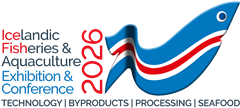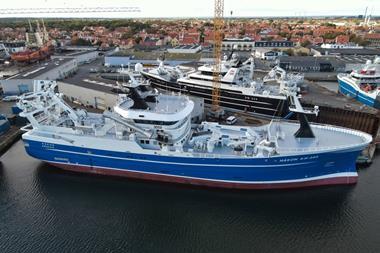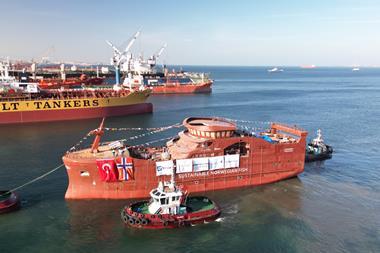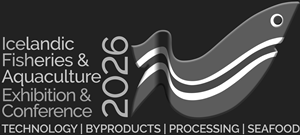A bumper capelin catch helped Iceland’s fleet to land 34% more fish in the 12 months through April 2022, with almost 1.48 million tonnes of fish and shellfish recorded in the preliminary data compiled by the country’s Directorate of Fisheries.
The May 2021-April 2022 pelagic catch was up 69% year-on-year to more than 1 million tonnes, with capelin accounting for more than half the volume (521,468 tonnes – up 637%).
Over the same period, the sector caught 184,383 tonnes of herring (+69%), 132,133 tonnes of mackerel (-13 percent) and 164,892 tonnes of blue whiting (-31%).
In the demersal category, landings totalled 446,770 tonnes, which was 7% less than in the previous 12 months. Icelandic cod catches fell 8% to 259,315 tonnes, while the haddock volume slipped 8% to 52,279 tonnes and redfish fell 16% to 44,280 tonnes. The saithe volume increased 16% to 62,422 tonnes.
There was also an 10% decrease in Iceland’s flatfish catch to 23,007 tonnes, while shellfish landings were up 10% to 6,409 tonnes.
The authority also estimated the April 2022 catch to be 111,416 tonnes, down 4% on the corresponding month of 2021. Across the main fishery sectors, only flatfish and shellfish showed any upturn – both rising 6% – to 2,170 tonnes and 973 tonnes respectively.
Pelagic catches fell 3% to 62,889 tonnes, almost entirely comprising blue whiting, while the demersal catch dipped 4% to 45,383 tonnes – half of which was cod.
Caption: Iceland caught some 521,468 tonnes of capelin in the 12 months through April 2022








